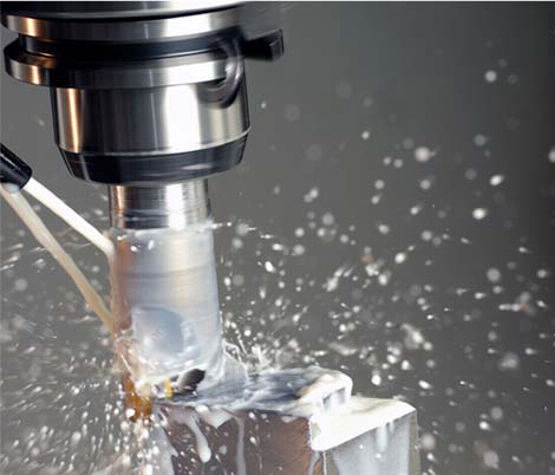中文
ENGLISH
中文
ENGLISH
Since its inception, CNC has become a critical manufacturing technique for fabricating metals and other materials. Aside from adding, cutting, or removing material, CNC vowin.cn/en/News/news1251.html' target='_blank'>machining also helps achieve the desired shape with ease.
CNC machining techniques have allowed manufacturers to produce products with a high level of accuracy and detail. It uses computer numerical control software, combined with cutting tools and implements to create parts with minimal errors.
Thanks to the different CNC machining techniques, manufacturers can choose from turning, milling, and many others to get the best results. Choosing the right CNC machining technique is a matter of understanding the risks, details, and benefits. This discussion on the different CNC machining techniques will guide you to the right path.
CNC Machining Techniques and Its Advantages and Disadvantages
While CNC machining encompasses a whole range of techniques that use computer numerical coding to control the implements and their applications, we have trimmed down the list into five common techniques that manufacturers often used.
1-CNC Turning
This technique uses a stationary tool to cut and shape a rotating block of material. When turning, it is the workpiece that is rotating, and the cutting tool is placed on moving slides and cut through the workpiece to slowly remove the material and create the desired pattern.
The slide can rotate up and down the length of the workpiece and can also move away and closer to the center. The speed of rotation can reach thousands of RPMs. Turning is ideal for removing a huge amount of material quickly and those that require smooth and uniform surface finishes.

2-CNC Drilling
Another most common CNC technique is drilling. It is one of the most important machining processes as many parts require holes. This technique is self-explanatory but for the sake of the discussion, we will have a short description here.
Drilling uses a narrow, two-edged rotating device to create a precise round hole on the workpiece. It can produce large or small holes depending on the design. While machining, the drill will chip off the material, which becomes a waste. It is a straightforward process, but essential in creating a part.
3-CNC Milling
This CNC technique uses several steady cutters in removing a piece from the workpiece. The process uses multi-point rotating tools in shaping the material placed on a moveable table.
Most milling machines have stationary cutting tools and a rotating table that moves the workpiece. As the table rotates, the tool slowly removes parts of the workpiece to create the product. It can be done in two ways: face and peripheral milling. Face milling cuts flat surfaces while peripheral milling cuts deep slots.
4-CNC Grinding
Many applications require a flat surface on metal parts. The easiest way to do it is through CNC grinding. This process uses a spinning disk to make cuts on the workpiece. It is similar to milling but does not use cutting tools.
5-EDM
Electrical discharge machining uses electrical discharges to make the desired cuts on the workpiece. It is usually employed on electrically conductive materials, which are often difficult to do with traditional machining.
These are the most common machining techniques that are commonly used to create a part. These techniques are energy-efficient, have less waste, and can overcome the errors associated with traditional machining.


